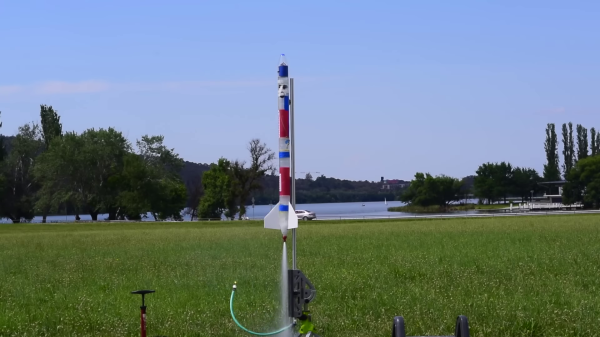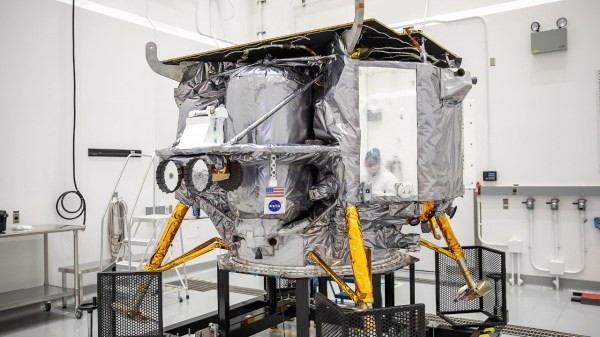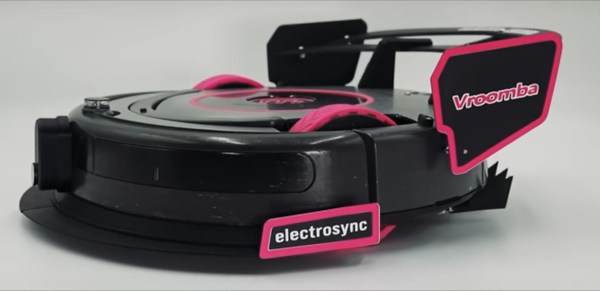Water rockets are one of those projects that never get old, and bumping the size just adds to the challenge. In the video after the break, [ARRO Rockets] takes us through the launch of Gamma IV, his most ambitious water rocket project yet. Crafted with spliced soda bottles and standard household materials, this rocket is a testament to what one can achieve with simple components and a bit of ingenuity.
The rocket’s release mechanism demonstrates this — employing nothing more than a quick connect hose connection and a basic pulley system. The parachute recovery system is also a nice combo of modern electronics and simplicity. It uses a microcontroller with accelerometer to detect the apogee, and release the parachute to be ejected by another piece of soda bottle acting as a spring. It also records or the flight data on an SD card.
[ARRO Rockets] had some trouble with friction on the launch rail, which was partially solved with liberal application of silicone spray. The root cause might be the rail button flexing on launch, or just the change of the pressurized bottles.
We are especially impressed by how accessible this project is, a reminder that high-flying achievements don’t necessarily require deep pockets or hard-to-source parts. The entire setup is not only cost-effective but also opens up numerous possibilities for further experimentation and refinement, like adding a second stage or a precision release mechanism.
Continue reading “Massive Water Rocket Is Impressive But Accessible”




















